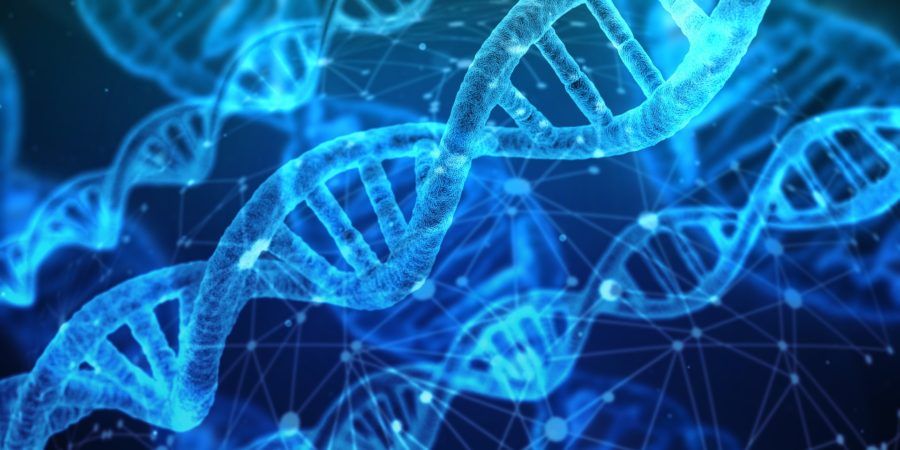
Science in the Glorious Quran: Perfection is the Rule
“صُنْعَ اللَّهِ الَّذِي أَتْقَنَ كُلَّ شَيْءٍ” (النمل: 88).
“[It is] the work of Allah, who perfected all things. Indeed, He is acquainted with that which you do.” (Qur’an, 27:88)
“مَّا تَرَى فِي خَلْقِ الرَّحْمَنِ مِن تَفَاوُتٍ” (الملك:3).
“You see no fault in the creation of the Compassionate.” (Qur’an 67:3)
“الَّذِي أَحْسَنَ كُلَّ شَيْءٍ خَلَقَهُ” السجدة: 7.
“He who perfected everything He created…” (Qur’an 32:7)
Perfection is the feature of all of God’s creation. Here, we will just go briefly through the example of the dependability of the synthesis of the double-stranded DNA, which is the hereditary material of all living creatures.
The DNA is double-stranded and it is built up of four types of nucleotides, called A, C, G, T. During replication, only one mistake takes place every one thousand million copied nucleotides [1/109]. So how does this precision or perfection happen?
- Complementary base-pairing: Base-A has the ability to pair with base-T and base-C has the ability to pair with base-G. This holds the two strands in a double-stranded structure. During replication, two new strands are step-wise copied complementary to the original parent strands. The guided insertion of complementary nucleotides (A for T, and G for C) by the synthesizing enzyme reduces possible errors.
- Double-checks: In rare instances, if a mistake occurs during synthesis, the synthesizing enzyme (polymerase enzyme) has the ability to “check” the base-pair geometry before it catalyses the binding process of the newly coming nucleotide.
- Proofreading: The synthesizing polymerase enzyme is also capable of proofreading what it did. In rare instances, if a wrong base is bound, the synthesizing polymerase enzyme can excise the wrong base and add the correct one.
- Mismatch proofreading: If yet still a mistake happens, there is a mismatch repair enzyme, which checks the DNA strands after completion of synthesis, and can correct any errors in them.

Double strands of DNA bound together by bonding between A=T and C=G (left). Complementary base-pairing guides the insertion of the nucleotide by the synthesizing enzyme and reduces possible errors (right)

The polymerase enzyme can both synthesize the DNA (left) and edit mismatches (middle). During proofreading, the polymerase corrects the wrong nucleotides (right).

